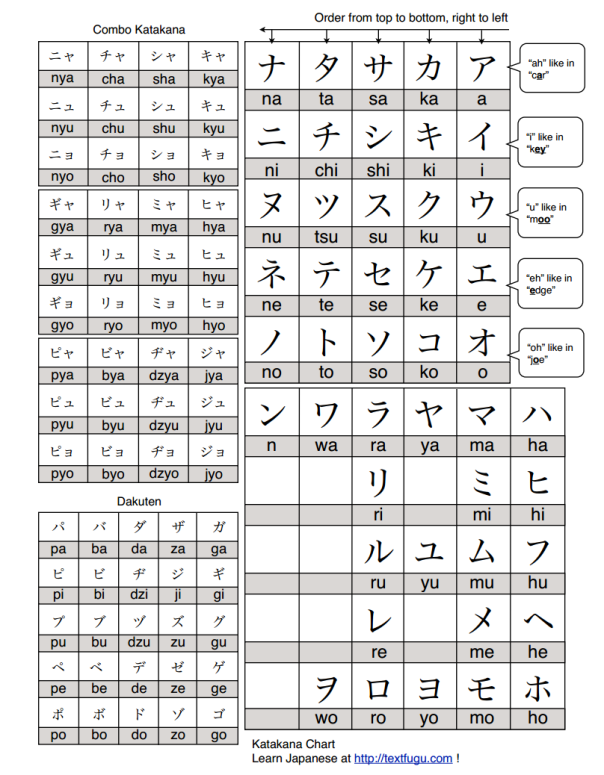Here is a chart of the numbers in French from 0 ~ 59 (zéro ~ cinquante-neuf).
The pattern is very simple once you learn the numbers 1 ~ 10 (plus the odd ones: 11, 12, 13, 14, 15 and 16).
For 17, the number is made of the word for 10 + 7 = dix-sept, with a hyphen (-) separating the two numbers.
18 and 19 are the same. 10 + 8 = dix-huit and 10 + 9 = dix-neuf.
Nice and simple.
After that, a good point to start with is learning the multiples of ten (20, 30, 40, 50 etc.), because once you know those, you can follow the pattern above (20 + number =…; 30 + number =…).
For example:
22 = 20 + 2 = vingt-deux.
33 = 30 + 3 = trente-trois.
44 = 40 + 4 = quarante-quatre.
Anyway, you get the gist.
Now, you might have noticed that 21, 31, 41 and 51 are a bit different. It still follows the same pattern, but instead of hyphenating the two numbers together like the rest, there is an «et» between them, meaning “and”. Why? No idea. That’s just how it works.
So, 21 = 20 + 1 = vingt et un.
Not too shabby, non? =D
Pre-warning: Part 2 will blow your mind (if you don’t believe me…you’ll see, trust me).


